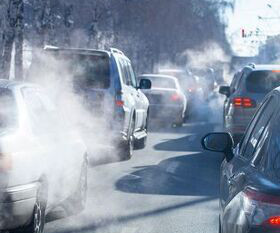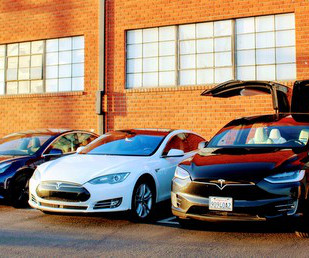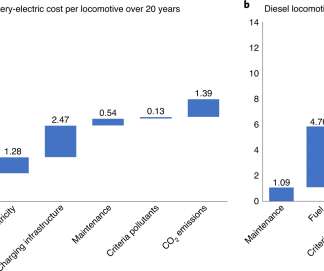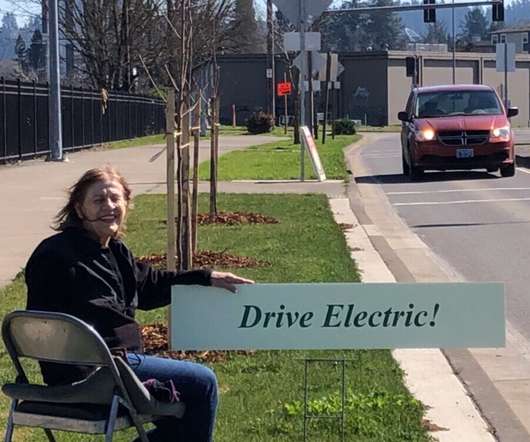SANY developing hydrogen fuel cell construction vehicles
Green Car Congress
APRIL 5, 2021
According to the R&D engineer of this project, hydrogen fuel cell construction vehicles have five important advantages: The realization of zero pollution with only water and heat being discharged. With a high-torque drive motor and an AMT gearbox, the high-power fuel cell stack features an energy conversion rate of more than 50%.












































Let's personalize your content